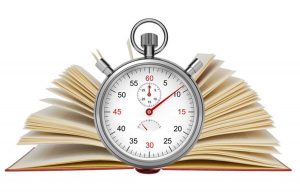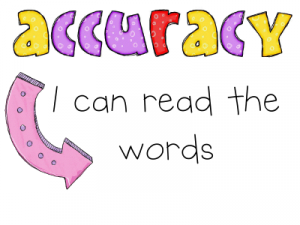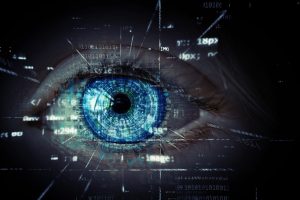Diagnostic data for the assessment of learning disorders!
Quantifiable data can be collected when using a virtual reality system for the assessment of learning disorders. This includes measures such as reaction time, accuracy, and speed. In addition, researchers can also collect qualitative data such as participants’ perceptions of the task or environment. This information can be used to help identify specific areas of difficulty for individuals with learning disorders. By understanding where these difficulties lie, clinicians can develop more targeted interventions that may improve outcomes for these individuals.
VisionweaRx had the ability to measure and analyse the following data sets:
1. Reading speed

Reading speed is one of the main measurables that has been used in the assessment on reading performance. Usually it is measured by the professional with a manual stop watch counting the number of words read per minute. Because reading speed is dependent on reading comprehension, it is often useful to measure an individual’s ability at retelling back what they just read. This is very subjective and allow for many variables that can affect the outcomes and can not be controlled. If the child is aware of the fact that they are being timed it can also have a counter productive effect, causing anxiety and a decrease in performance.
With VisionweaRx this function is performed in the background, without the child being aware of it, decreasing the stress and increasing the performance. This saves time, eliminates many variables and is much more accurate.
2. Reading accuracy

Reading accuracy is another way of measuring reading performance. Ways of measuring reading accuracy include word recognition accuracy and sentence recognition accuracy. Word recognition accuracy is measured by drawing a horizontal line under each word as the individual reads, counting how many words they can read correctly out of 20-30 words. Sentence recognition accuracy is similar to word recognition accuracy except that sentences are used instead of single words. One shortcoming is that it is hard to measure reading comprehension via objective methods like this because the test taker might make up an answer if they do not know what was written (Berninger 2011).
VisionweaRx can pick up patterns is the child’s word recognition and eliminate true accuracy problems from comprehensive problems. It can also automatically adjust the reading material to a lower level to allow for better comprehension and thus better accuracy.
3. Focal tracking
The eye movements of a child with dyslexia can be of different types.

For example, some children with dyslexia will shift their eyes rapidly from side to side; this type of movement is called “vertical saccades”. Other children will shift their eyes up and down (this type of eye movement is called “horizontal saccade”) or may make small horizontal movements back and forth (“scanning”). From these more traditional assessment techniques we know that the way a child’s eyes move during reading can provide information about how they read and understand what they read (see previous section). That is because:
– eye movements are closely related to attention: the reader has to pay attention in order for them to track words with their eyes accurately. Eye movements can be objectively observed only at a very primitive level, and there is no way of truly telling where the child is focussing.
VisionweaRx allows for eye tracking data to be gathered during the assessment process as well. This provides very detailed information about where visual attention was focused during specific parts of a test or task sequence allowing for inferences about cognitive processing areas that may be relevant to dyslexia.
